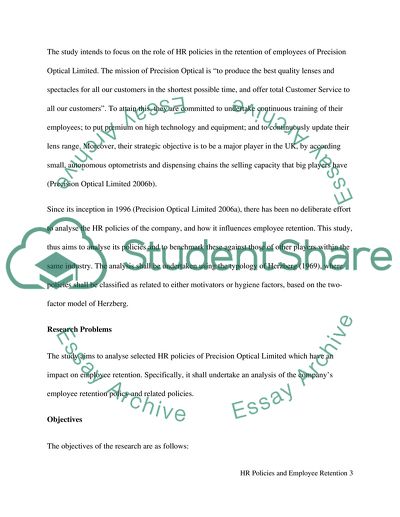Cite this document
(“The Influence of HR Policies in Precision Optical Limited Case Study”, n.d.)
The Influence of HR Policies in Precision Optical Limited Case Study. Retrieved from https://studentshare.org/human-resources/1737455-research-methods-for-managers
The Influence of HR Policies in Precision Optical Limited Case Study. Retrieved from https://studentshare.org/human-resources/1737455-research-methods-for-managers
(The Influence of HR Policies in Precision Optical Limited Case Study)
The Influence of HR Policies in Precision Optical Limited Case Study. https://studentshare.org/human-resources/1737455-research-methods-for-managers.
The Influence of HR Policies in Precision Optical Limited Case Study. https://studentshare.org/human-resources/1737455-research-methods-for-managers.
“The Influence of HR Policies in Precision Optical Limited Case Study”, n.d. https://studentshare.org/human-resources/1737455-research-methods-for-managers.


